NEWSLETTER
Sign up for GMORS latest news.
O-Ring เป็นส่วนประกอบที่ใช้ในการซีลซึ่งจำเป็นอย่างยิ่งในหลายๆ อุตสาหกรรมและการใช้งานประจำวัน เช่น เครื่องจักร ระบบท่อ รถยนต์ และอุปกรณ์อิเล็กทรอนิกส์ หน้าที่หลักของ O-Ring คือการป้องกันการรั่วไหลของของเหลวหรือก๊าซอย่างมีประสิทธิภาพ เพื่อให้การทำงานของอุปกรณ์เป็นไปอย่างราบรื่น แต่การเลือก O-Ring ที่เหมาะสมไม่ใช่เรื่องง่าย เพราะต้องพิจารณาปัจจัยหลายอย่าง เช่น วัสดุ ขนาด สภาพแวดล้อมในการทำงาน และแรงดัน หากเลือก O-Ring ผิดอาจทำให้อายุการใช้งานของอุปกรณ์สั้นลง ซึ่งอาจนำไปสู่การหยุดการผลิตและต้นทุนที่สูงขึ้น บทความนี้นำเสนอ 9 เคล็ดลับมืออาชีพในการเลือก O-Ring ที่เหมาะสม เพื่อเพิ่มประสิทธิภาพในการซีลและลดความเสี่ยงจากการเสียหาย
1.1 ความแตกต่างระหว่างการซีลแบบสเตติก(การซีลแบบคงที่) และไดนามิก (การซีลแบบเคลื่อนไหว)
การแยกประเภทการใช้งานของ O-Ring เป็นสิ่งสำคัญ:
1.2 การพิจารณาสภาพการทำงาน
พิจารณาสภาพการทำงานดังต่อไปนี้:
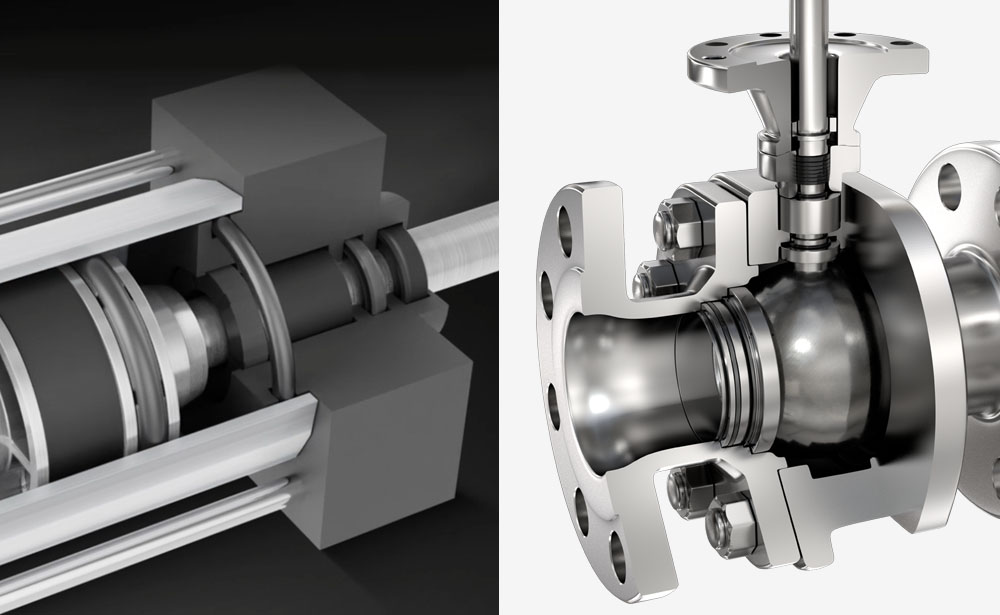
2.1 การวิเคราะห์วัสดุทั่วไป
วัสดุแต่ละชนิดเหมาะสมกับสภาพแวดล้อมการทำงานที่แตกต่างกัน:
2.2 คำแนะนำในการใช้งานวัสดุ
2.3 การหลีกเลี่ยงการใช้วัสดุที่ไม่เหมาะสม
การใช้วัสดุที่ไม่เหมาะสมอาจทำให้:
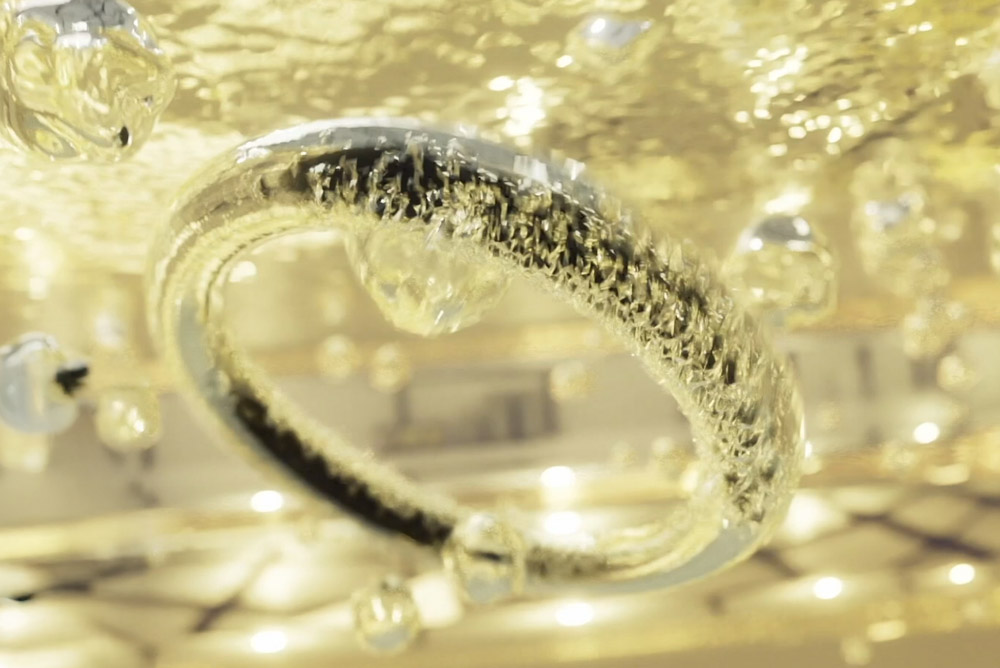
3.1 วิธีการวัด
วัดขนาดสำคัญ 3 ข้อของ O-Ring อย่างแม่นยำ:

3.2 ความเข้ากันได้ระหว่างขนาดและร่อง
ขนาดของ O-Ring ควรตรงกับขนาดร่อง โดยมีอัตราการบีบอัดที่แนะนำอยู่ที่ 10%-30% เพื่อประสิทธิภาพการซีลที่ดี
3.3 ความสำคัญของค่าความคลาดเคลื่อน
การควบคุมค่าความคลาดเคลื่อนเป็นสิ่งสำคัญ:
4.1 สภาพแวดล้อมที่มีอุณหภูมิสูง
สำหรับอุณหภูมิสูงถึง 200°C ขอแนะนำให้ใช้ FKM หรือซิลิโคนเพื่อให้ประสิทธิภาพที่น่าเชื่อถือ
4.2 สภาพแวดล้อมที่มีอุณหภูมิต่ำ
NBR หรือซิลิโคนสามารถทำงานได้ดีในอุณหภูมิต่ำที่ต่ำถึง -50°C หากต้องการใช้งานที่อุณหภูมิต่ำกว่านี้ โปรดติดต่อทีมงานของเราเพื่อขอรับโซลูชันที่ปรับแต่งได้เหมาะสม
4.3 ผลกระทบของการเปลี่ยนแปลงอุณหภูมิ
การเปลี่ยนแปลงอุณหภูมิที่บ่อยครั้งอาจเร่งการแข็งตัวและการแตกหักของวัสดุ ซึ่งอาจทำให้การซีลล้มเหลว
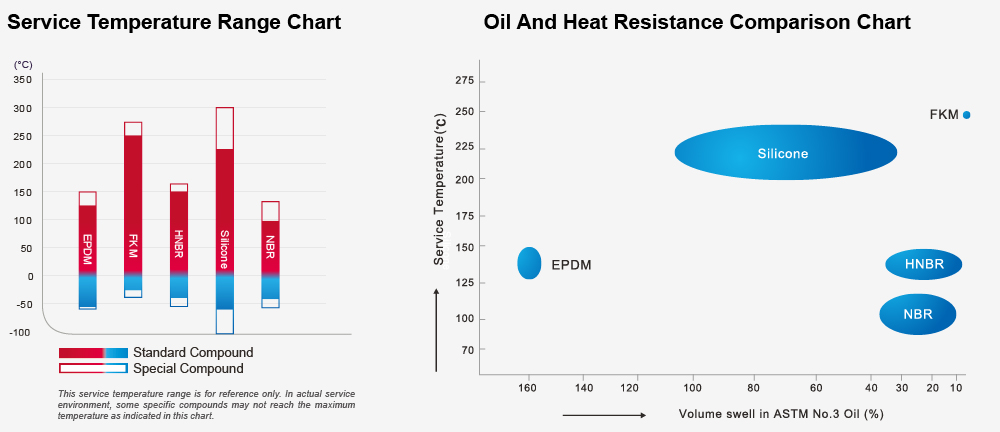
5.1 ความต้องการความดันสำหรับการซีลแบบสแตติก (ซีลแบบคงที่)
การซีลแบบสแตติกต้องการ O-Ring ที่ทนทานต่อการบีบอัดเพื่อรักษาประสิทธิภาพระยะยาว
5.2 ความต้องการความดันสำหรับการซีลแบบไดนามิก (ซีลแบบเคลื่อนไหว)
สำหรับการใช้งานแบบไดนามิก วัสดุที่มีแรงเสียดทานต่ำและทนทานต่อการสึกหรอเป็นสิ่งจำเป็นเพื่อยืดอายุการใช้งาน
5.3 คำแนะนำสำหรับสภาพแวดล้อมที่มีความดันสูง
ในสภาพแวดล้อมที่มีความดันสูง ควรใช้ HNBR หรือ FKM เพื่อให้ O-Ring ทนต่อการบีบอัด ไม่เสียรูปทรง และไม่แตกหัก
6.1 ผลกระทบของการกัดกร่อนทางเคมี
สำหรับการใช้งานที่เกี่ยวข้องกับกรดเข้มข้น ด่าง หรือสารละลายอินทรีย์ ควรเลือกใช้ PTFE หรือ FKM เพื่อป้องกันการกัดกร่อน
6.2 ความต้องการพิเศษสำหรับอุตสาหกรรมอาหารและการแพทย์
วัสดุซิลิโคนหรือ EPDM ที่ได้รับการรับรองจาก FDA เป็นสิ่งสำคัญในการรับประกันความปลอดภัยและสุขอนามัยในการใช้งานทางด้านอาหารและการแพทย์
6.3 หลีกเลี่ยงปฏิกิริยาทางเคมี
วัสดุที่ไม่เข้ากันอาจทำให้เกิดปฏิกิริยาทางเคมี เช่น การบวม การแตกร้าว หรือการล้มเหลว ซึ่งอาจทำให้การซีลเสียประสิทธิภาพ
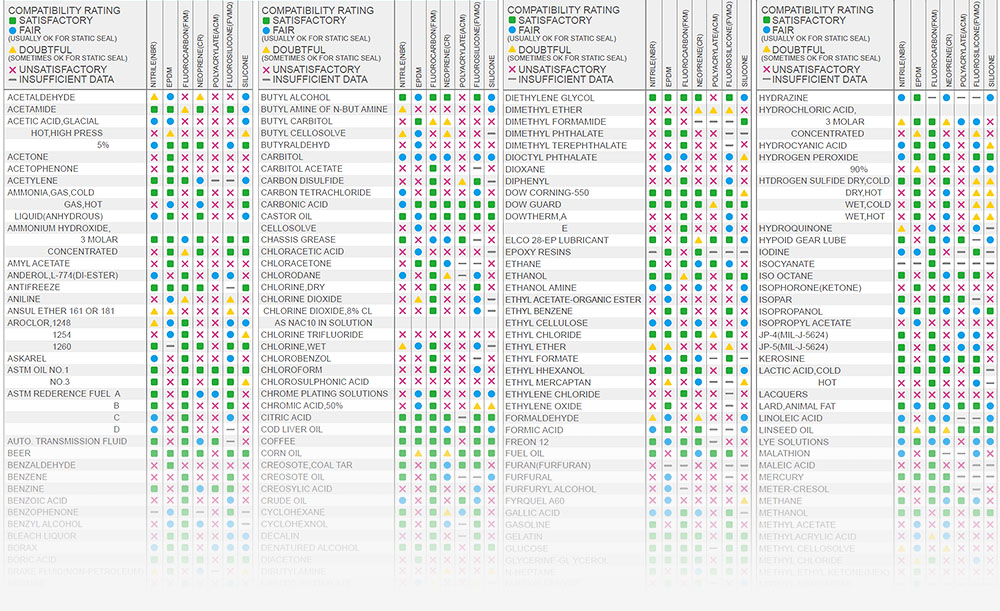
7.1 ความต้านทานการสึกหรอในแอปพลิเคชันแบบเคลื่อนไหว
สำหรับการเคลื่อนไหวที่มีความเร็วสูงหรือแบบกลับไปกลับมา ควรเลือกวัสดุที่มีความต้านทานการสึกหรอสูงเพื่อเพิ่มความทนทาน
7.2 ผลกระทบของค่าสัมประสิทธิ์แรงเสียดทาน
การใช้สูตรการหล่อลื่นภายในช่วยลดแรงเสียดทานได้อย่างมีประสิทธิภาพและยืดอายุการใช้งานของ O-Ring
7.3 การตรวจสอบการสึกหรออย่างสม่ำเสมอ
ควรตรวจสอบ O-Ring เป็นประจำเพื่อตรวจหาการสึกหรอและเปลี่ยนใหม่ทันทีเพื่อป้องกันการรั่วไหล
8.1 การป้องกันความเสียหายในระหว่างการติดตั้ง
ใช้เครื่องมือแบบมืออาชีพเพื่อหลีกเลี่ยงการตัดหรือฉีกขาดของ O-Ring ระหว่างการติดตั้ง
8.2 ความสำคัญของการหล่อลื่น
การหล่อลื่นในระหว่างการติดตั้งช่วยลดแรงเสียดทานและลดความเสี่ยงของการเสียหาย
8.3 การติดตั้งที่ถูกต้อง
ตรวจสอบให้แน่ใจว่า O-Ring ถูกติดตั้งในร่องอย่างสมบูรณ์โดยไม่มีการบิดเบี้ยวหรือผิดรูป
9.1 การตรวจสอบและเปลี่ยนใหม่อย่างสม่ำเสมอ
ควรตรวจสอบ O-Ring อย่างสม่ำเสมอเพื่อตรวจหาการเสื่อมสภาพหรือการสึกหรอ และเปลี่ยนใหม่ตามความถี่ในการใช้งาน
9.2 สภาพแวดล้อมในการจัดเก็บ
เก็บ O-Ring ในที่เย็นและแห้ง ห่างจากแสงแดดโดยตรง อุณหภูมิสูง และความชื้น เพื่อป้องกันการเสื่อมสภาพของวัสดุ
9.3 การแก้ไขปัญหาอย่างทันท่วงที
หากพบ O-Ring ที่เสียหายหรือรั่ว ให้เปลี่ยนทันทีและตรวจสอบให้มั่นใจว่าการติดตั้งถูกต้อง
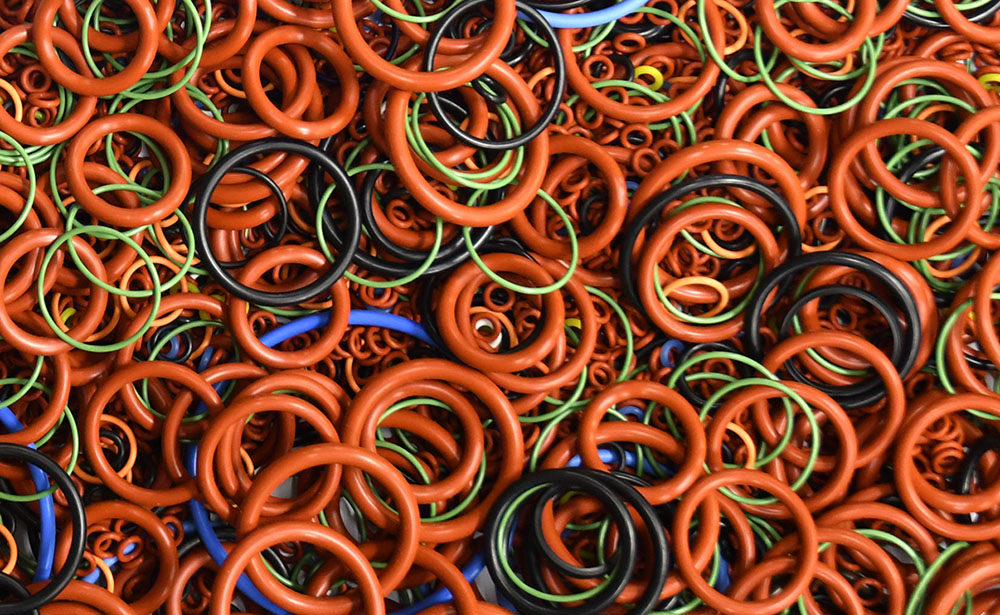
การเลือก O-Ring ที่เหมาะสมถือเป็นสิ่งสำคัญในการบรรลุประสิทธิภาพการซีลที่ดีที่สุด ซึ่งต้องพิจารณาหลายปัจจัย เช่น วัสดุ ขนาด อุณหภูมิ ความดัน และสภาพแวดล้อมทางเคมี การปฏิบัติตามคำแนะนำทั้ง 9 ข้อจากผู้เชี่ยวชาญจะช่วยให้คุณเลือก O-Ring ที่เหมาะสม เพิ่มประสิทธิภาพการซีล และยืดอายุการใช้งานของอุปกรณ์ ไม่ว่าจะเป็นการใช้งานในรูปแบบคงที่หรือเคลื่อนไหว การเลือกอย่างรอบคอบและการบำรุงรักษาอย่างสม่ำเสมอจะช่วยลดความเสี่ยงในการล้มเหลวของการซีลและทำให้อุปกรณ์ทำงานได้อย่างเสถียร
GMORS ผู้ผลิตซีลยางมืออาชีพ ที่มีความเชี่ยวชาญยาวนาน พร้อมเสนอโซลูชัน O-Ring ที่เหมาะสมกับความต้องการของคุณในทุกด้าน ไม่ว่าจะเป็นอุณหภูมิ ความดัน หรือความต้านทานต่อสารเคมี ให้ GMORS เป็นพันธมิตรที่คุณไว้วางใจในการเพิ่มประสิทธิภาพการทำงานของอุปกรณ์และลดความเสี่ยงในการดำเนินงาน
Sign up for GMORS latest news.
Copyright ©GE MAO RUBBER INDUSTRIAL CO., LTD. All rights reservedTerms and Conditions|Privacy policy